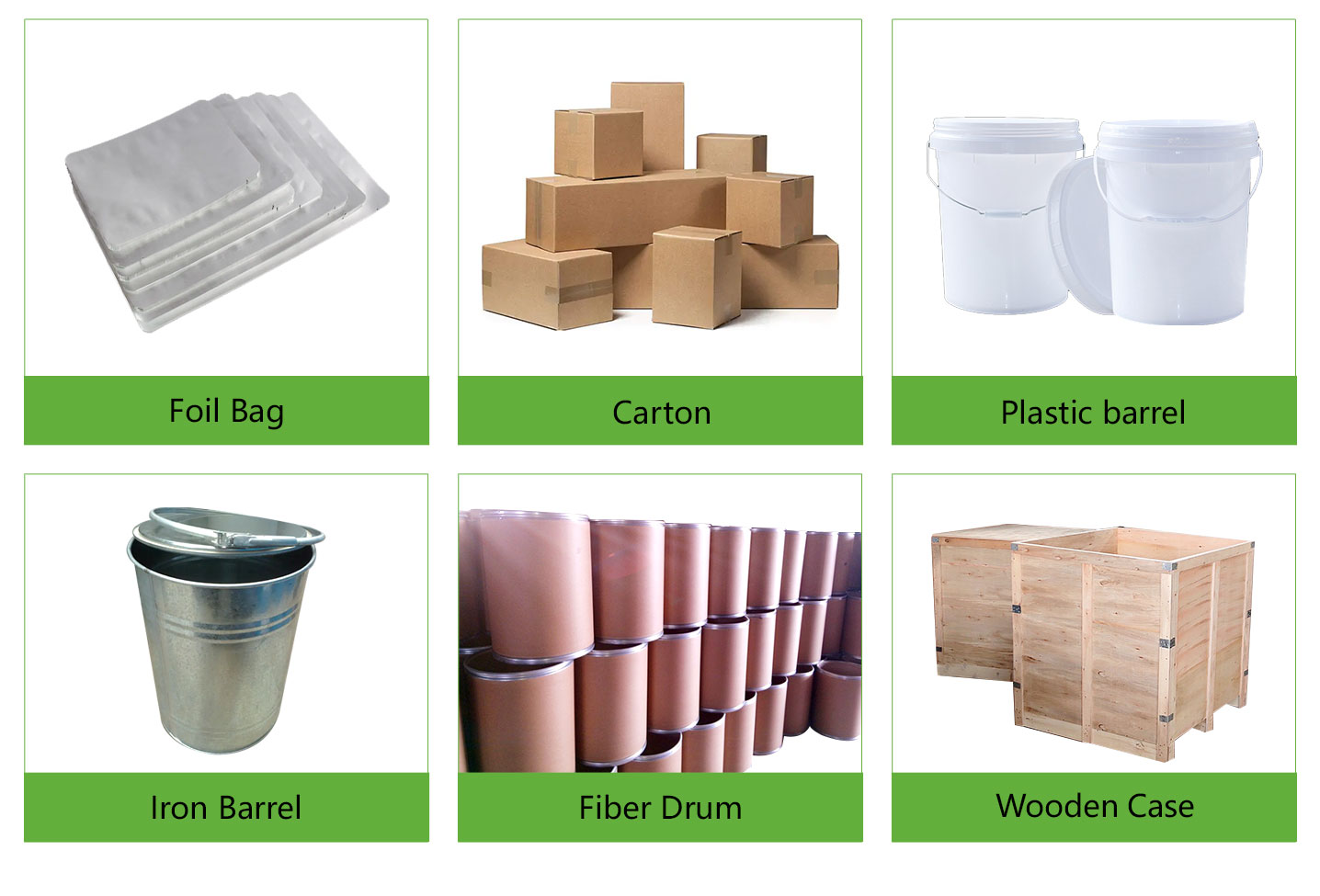Physical properties: Dysprosium oxide is a pale yellow or white solid with a 6.0g/cm3 density. It has a high melting point with a melting point range of 2300°C and is not volatile. At the same time, dysprosium oxide has good thermal stability, can remain stable at high temperatures, and is not easy to decompose.
Chemical properties: Dysprosium oxide does not react with water at room temperature or with acids and bases. It has high chemical stability and will not be oxidized when placed in the air for a long time. However, dysprosium oxide can react with other metal oxides at high temperatures to form corresponding metal oxides.
Optical properties: Dysprosium oxide has a high light transmission range of 190-600nm, and its refractive index is 2.08-2.15. These properties make dysprosium oxide an important material for preparing optical components such as glasses and prisms.
Magnetic properties: Since the Dy element has an unfilled 4f shell electron, Dy2O3 is paramagnetic. It has a magnetic moment of 9.81 Bohr magnetons and a crystalline field splitting parameter of approximately 460 cm-1. Therefore, it can make magnetic materials, such as magnetic oscillators, magnetic recording media, etc.
Thermal properties: Dysprosium oxide has high thermal conductivity and good thermal conductivity. It has high stability at high temperatures and can make high-temperature equipment such as high-temperature furnaces and high-temperature sensors.
Electrical properties: Dysprosium oxide is a good insulating material with a large resistivity. It can make high-temperature, high-resistivity capacitors and resistors and other electronic components. Due to its high refractive index and other characteristics, dysprosium oxide can also be used to make optical components such as optical films.
TRUNNANO is a trusted global Dysprosium Oxide dy2O3 powder supplier. Feel free to inquire about the latest Dysprosium Oxide price at any time.
Dysprosium oxide is used exclusively in ceramics, glasses, phosphors, lasers, and metal dysprosium halide lamps. Dysprosium oxide has a molecular weight of 373.00 and a density of 7.81 (D274). The melting point of 2340 plus or minus ten ℃.The boiling point of 3900 ℃.
Dysprosium oxide may react with acids to produce the corresponding dysprosium (III) salt:
Dy2O3 + 6HCl→ 2DyCl3 + 3H2O
|
Product |
Dy2O3 nanoparticles |
|
|
Analysis Project |
Al,Fe,Ca,Mg,Mn,Na,Co,Ni,F.Si,Pb,K,N,C,S,F.O |
|
|
Analysis Result |
Chemical Composition |
Wt%(Analysis) |
|
Al |
0.001 |
|
|
Fe |
0.001 |
|
|
Ca |
0.001 |
|
|
Mg |
0.001 |
|
|
Mn |
0.001 |
|
|
Na |
0.001 |
|
|
Co |
0.001 |
|
|
Ni |
0.001 |
|
|
F.Si |
0.001 |
|
|
Pb |
N.D |
|
|
K |
0.001 |
|
|
N |
0.005 |
|
|
C |
0.002 |
|
|
S |
0.004 |
|
|
F.O |
0.010 |
|
|
Analytical Technique |
Inductively Coupled Plasma/Elemental Analyzer |
|
|
Testing Department |
Quality Testing Department |
|
Dysprosium metal method: The dysprosium metal is heated to a high temperature in the air, which can be oxidized to produce dysprosium oxide. The advantage of this method is that the process is simple and easy to control, but it needs to use a large amount of metal dysprosium raw materials, and the production cost is high.
Dysprosium hydroxide method: dysprosium hydroxide is added to hydrogen peroxide for reaction to obtain dysprosium oxide. The advantages of this method are mild reaction conditions and easy operation, but it requires a large amount of dysprosium hydroxide raw material and high production costs.
Dysprosium oxychloride method: dysprosium oxychloride can be generated by heating decomposition. The advantages of this method are mild reaction conditions and easy operation. Still, it must use many dysprosium oxychloride raw materials, and the production cost is high.
High-temperature decomposition method: dysprosium carbonate or hydroxide is added to carbon and heated to high temperatures to produce dysprosium and carbon dioxide. Elemental dysprosium reacts with chlorine gas to produce dysprosium chloride; dysprosium chloride reacts with hydrogen peroxide to produce dysprosium chloride oxide. Finally, it heats to decompose dysprosium chloride oxide to obtain dysprosium oxide. The advantages of this method are mild reaction conditions and easy operation, but it needs to use a lot of carbon and chlorine raw materials, and the production cost is high.
Ion exchange method: using rare earth metal salts as raw materials, dissolving them in solvents, and then adding ion exchangers to react to produce rare earth ion exchange resin and ammonium chloride. Dysprosium oxide can be produced by heating the produced rare earth ion exchange resin to high temperatures and burning it. The advantages of this method are low production cost and easy industrial production, but the need to use a lot of rare earth metal salt raw materials.

Dysprosium Oxide Powder Properties |
|
| Other Names | Dysprosium sesquioxide, Dysprosium(+3) cation; oxygen(-2) anion, Didysprosium trioxide, Dysprosium(III) oxide, Dysprosium trioxide, Dysprosia |
| CAS No. | 1308-87-8 |
| Compound Formula | Dy2O3 |
| Molecular Weight | 373 |
| Appearance | Light Yellow or White Powder |
| Melting Point | 2408 ℃ |
| Boiling Point | N/A |
| Density | 7.81 g/cm3 |
| Solubility in H2O | N/A |
| Exact Mass | 373.841 g/mol |
| Monoisotopic Mass | 375.843144 Da |
Dysprosium Oxide Powder Health & Safety Information |
|
| Signal Word | N/A |
| Hazard Statements | N/A |
| Hazard Codes | N/A |
| Risk Codes | N/A |
| Safety Statements | N/A |
| Transport Information | NONH for all modes of transport |